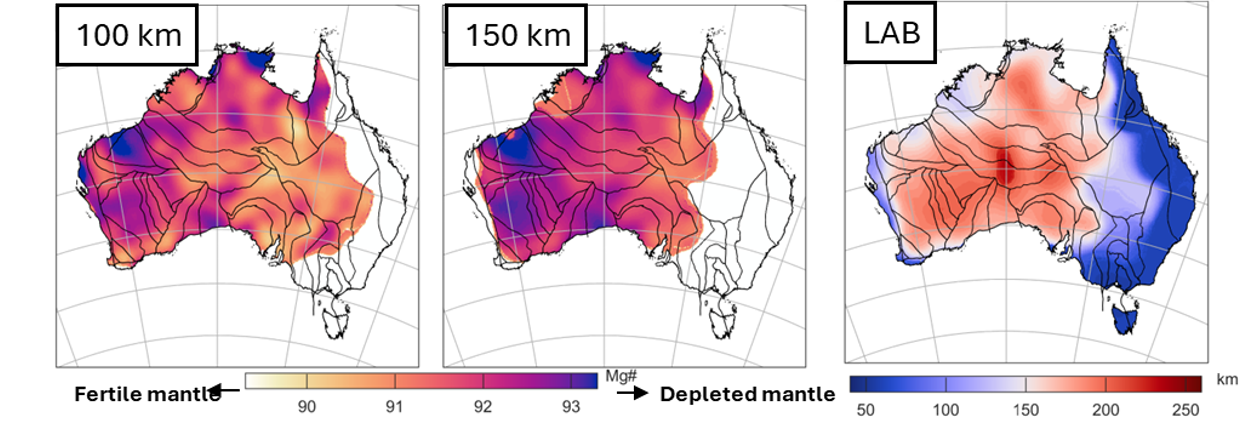We are excited to invite you to the 16th seminar of the 2025 Geology and Geophysics Seminar Series, featuring Lu Li, who is a geophysicist and research scientist in CSIRO Mineral Resources. Lu will be presenting on “From sea-level to mineral systems, why do we care about lithosphere and how do we understand it with multiphysics?” In this engaging talk, he will show how combining geophysical and geochemical data reveals the lithosphere’s structure and its role in glacial isostatic adjustment, basin evolution, and mineral system formation, highlighting multiphysics approaches for exploration.
Date: September 3, 2025
Time: 11:00 a.m. – 12:00 p.m. AEST, Sydney Time
Location: Online (Join via zoom)
In-person Viewing: Room 449 (Conference Room), Madsen Building (F09), School of Geosciences
Note: The seminar will be held online, but you are also welcome to join in person in Conference Room 449.
We look forward to seeing you either in person or online!
https://uni-sydney.zoom.us/j/83992981010?from=addon
From sea-level to mineral systems, why do we care about lithosphere and how do we understand it with multiphysics?
Abstract
The greatest challenges facing our society today—including future sea-level rise and the transition to green energy—are concentrated at the Earth’s surface. Yet, the solutions may lie deep within the Earth.
The lithospheric mantle, though tens to hundreds of kilometers thick, modulates surface processes over geological time. Its thermal and compositional structure directly influences mantle viscosity and long-wavelength geothermal heat flow, which in turn affects how the solid Earth interacts with ice sheets through glacial isostatic adjustment (GIA). Geophysical and geochemical evidence also suggests that fertile zones within the lithospheric mantle play a key role in concentrating and forming giant mineral deposits.
First-order thermal and chemical properties of the lithosphere have been studied over the past few decades using various geophysical techniques. However, each method is limited by its inherent resolution and the specific physical properties it can sense.
In this talk, we present examples that integrate geophysical data with mantle xenolith information to map the thermal and compositional structure of the lithosphere in Antarctica and Australia. These insights enhance our understanding of GIA, basin evolution, and the formation of mineral systems—ultimately aiming to expand the mineral exploration search space.
Building on the recent deployment of national geophysical datasets, we also explore pathways for investigating lithospheric architecture using multiphysics approaches. We invite discussion and welcome collaboration across disciplines.
Graphical Abstract

![]()
